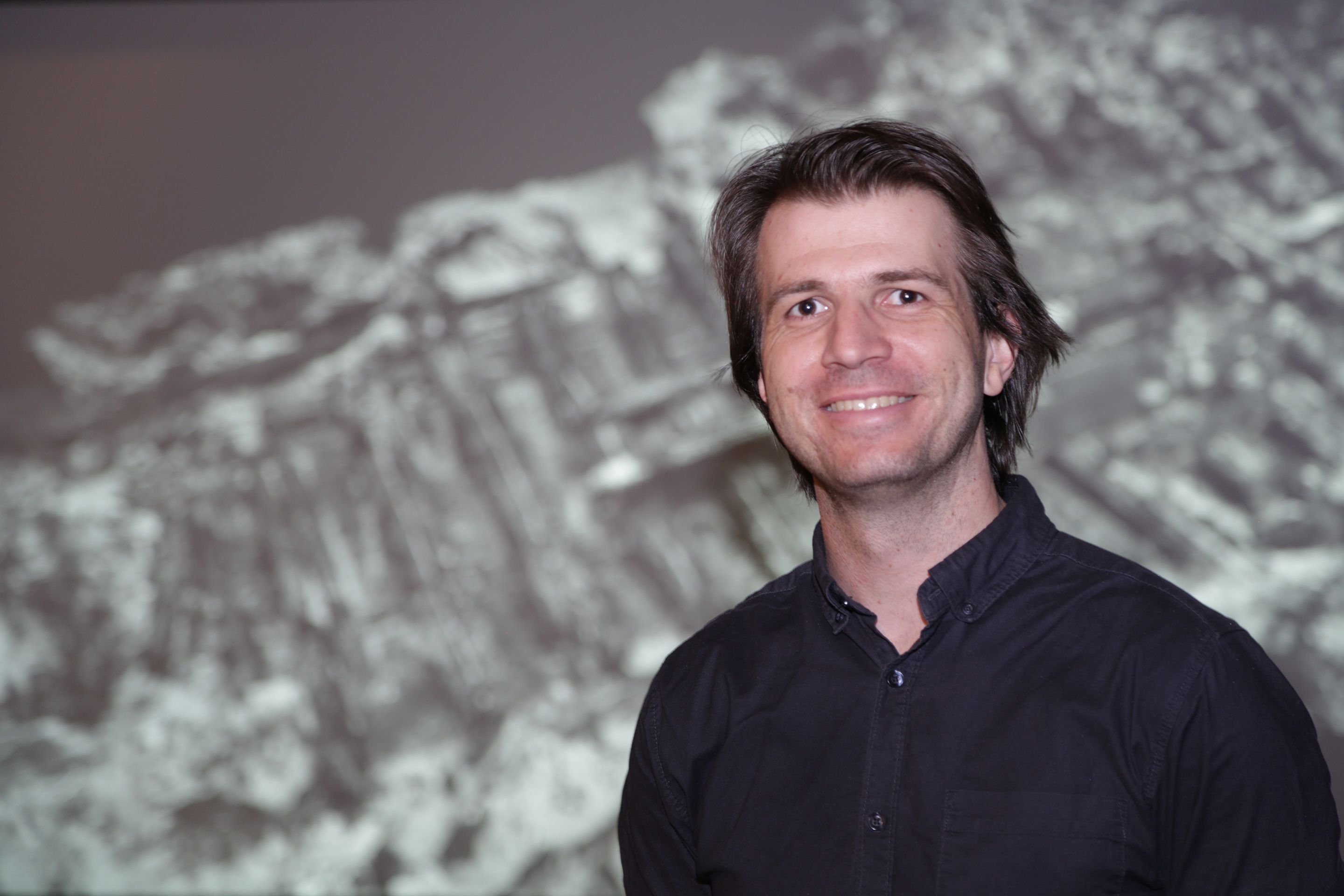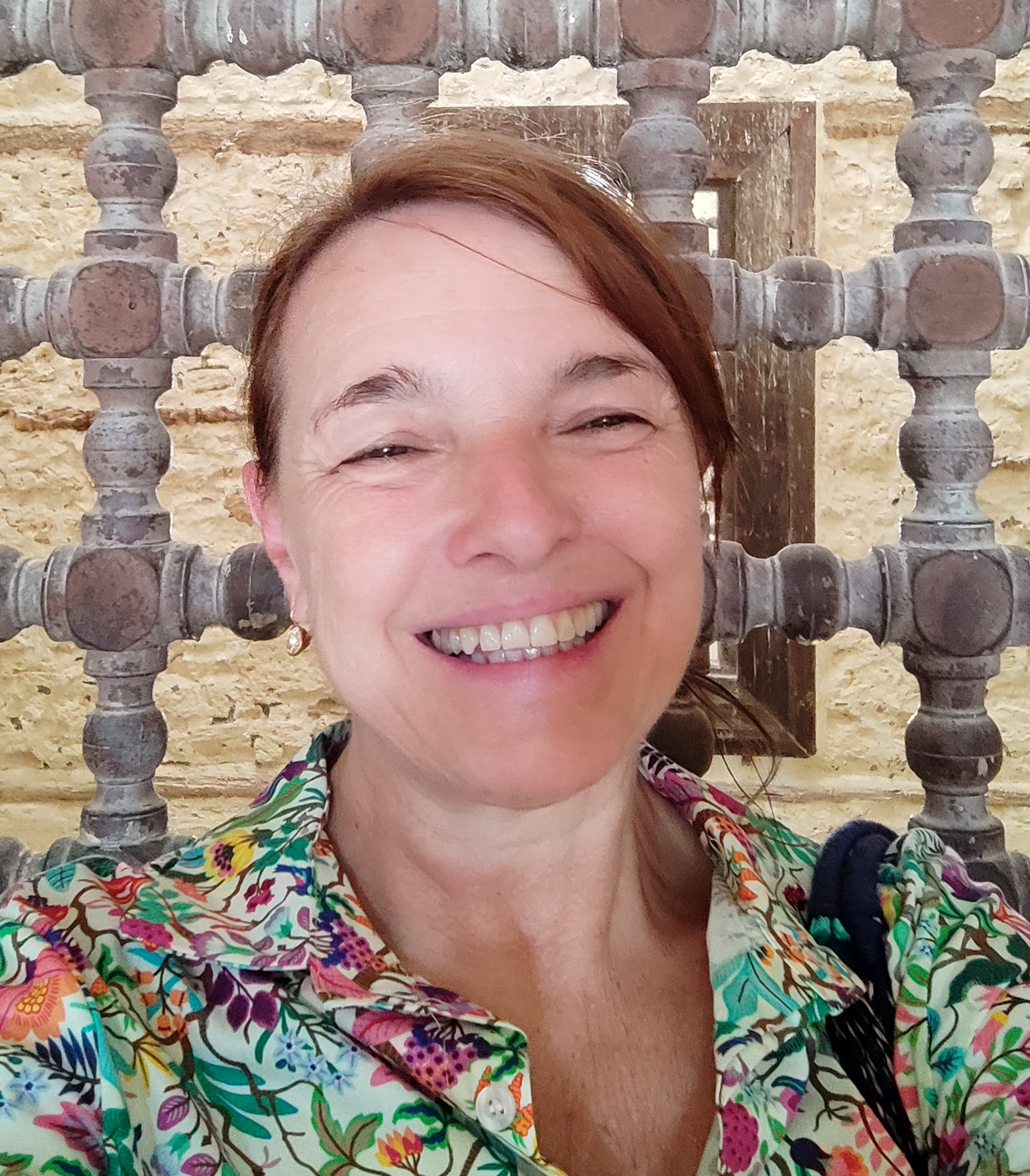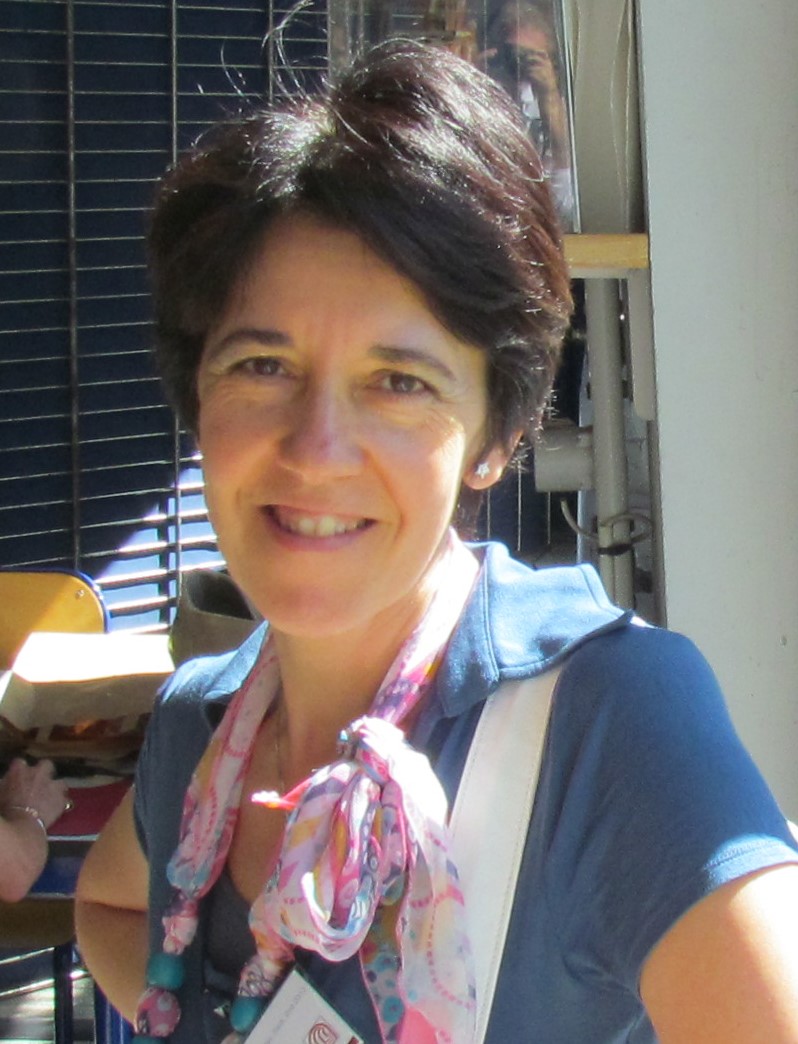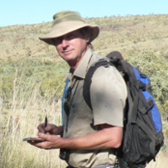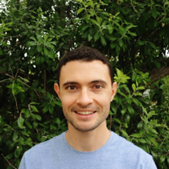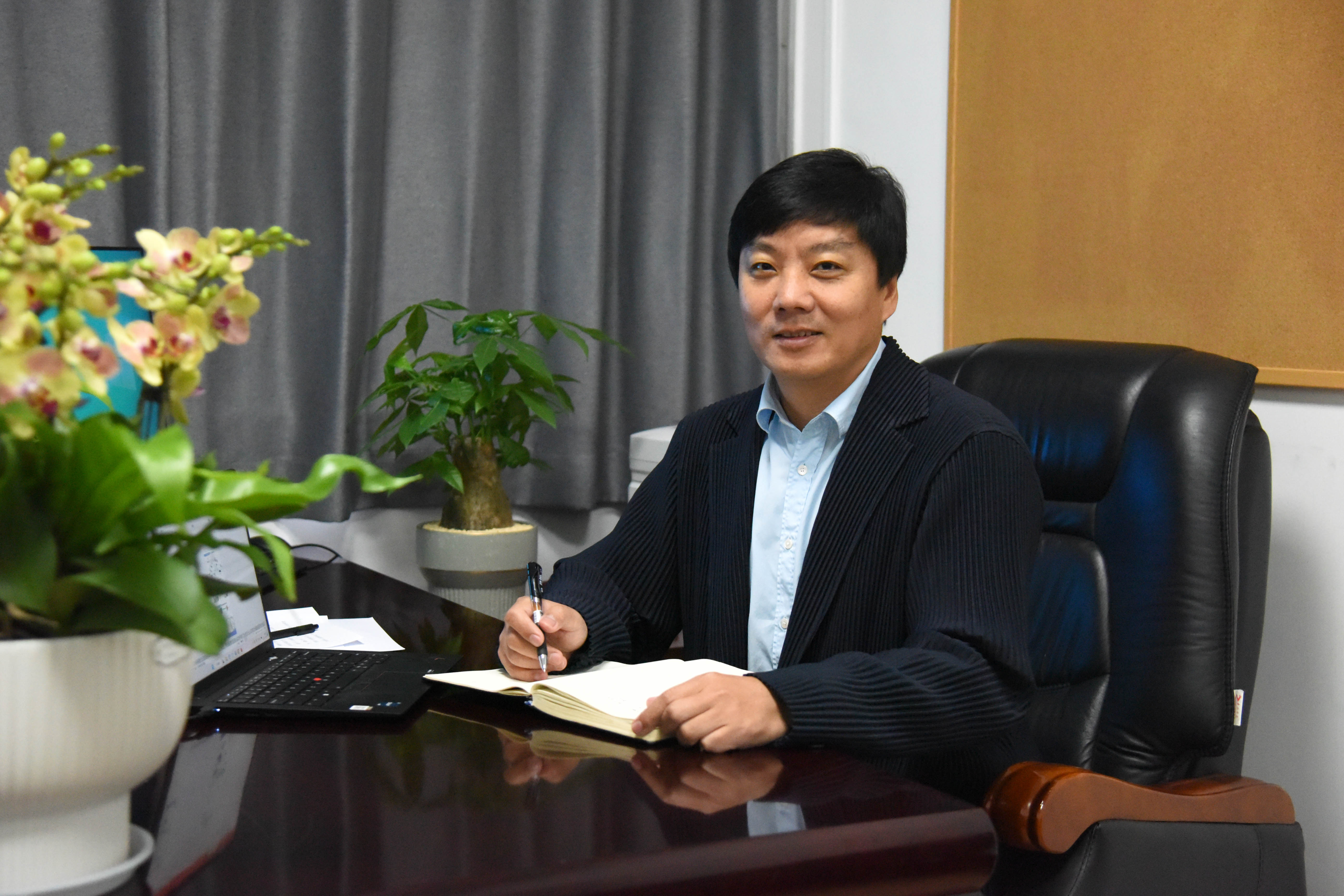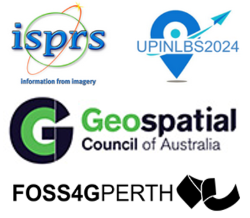
Rob Atkinson is a researcher at the OGC (Open Geospatial Consortium).
Rob has 25 years’ experience in the development of standards across a wide range of application domains. He is a leader in the adoption of semantic approaches that bridge the needs of different user communities. Current research focus is supporting a variety of pragmatic implementation solutions to address different aspects of common concerns - different communities needing different data about the same "real world" things.
Rob is working on improving data interoperability standards through integration of conceptual and implementation modelling approaches, continuous testing and deployment (CI/CT/CD) of examples and test cases, and architecture design patterns for systems integration through APIs and metadata. Recently he has been leading the ANZLIC 3D Cadastre Data Model for the exchange of 3D surveying data, and exploring the challenges of the implicit commonalities and varying degrees of support for 2 , 3 and 4D topology in different implementation approaches.
